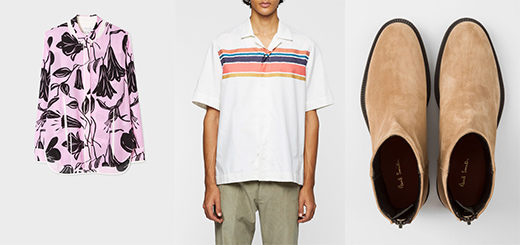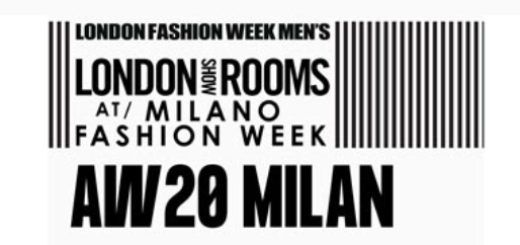Paris, Capital of Fashion
Paris is widely regarded as “the most glamorous and competitive of the world’s fashion capitals” (to quote The New Yorker). But how and why did Paris acquire this reputation? The history of Paris fashion is usually presented, simplistically, as a genealogy of genius, dominated by “the great designers,” “kings,” or “dictators of fashion.” Paris, Capital of Fashion is the first exhibition to explore the cultural construction of Paris as the capital of fashion.
Curated by Dr. Valerie Steele, director of The Museum at FIT, it features approximately 100 objects, dating from the 18th century to the present. The exhibition is accompanied by a scholarly book, Paris, Capital of Fashion (Bloomsbury, 2019), edited by Steele, who is also the author of Paris Fashion: A Cultural History.
Robe à la française, 1755-1760, Christian Dior (John Galliano),2000/01
Paris, Capital of Fashion opens with an introductory gallery that places Paris within a global context, presenting it in dialogue with other fashion capitals, especially New York. By presenting an original couture suit by Chanel together with a virtually identical licensed copy sold by Orbach’s department store, for example, the exhibition demonstrates how the idea of Paris fashion “works” across fashion cultures, appealing to elite American women and making money for American manufacturers and retailers..
Entering the main gallery, visitors are immersed in the mythic glamour of Paris fashion as the exhibition traces a trajectory from royal splendor at Versailles to the spectacle of haute couture today. An 18th-century robe à la française is juxtaposed with a haute couture creation for Christian Dior, which was inspired by Marie Antoinette. Clothing and accessories will be drawn from museums in Europe, Britain, and North America, as well as from couture archives and private collections.
The development of the haute couture transformed women’s fashion from an artisanal craft into big business and high art. In the late 19th century, Charles Frederick Worth praised his American clients, saying they had “the faces, the figures, and the francs.” Among his dresses on display is the famous “Electric Light Dress” worn by New York’s Mrs.Cornelius Vanderbilt II. After World War II, the haute couture entered a new golden age from 1947 to 1957 and, by the 1980s, the haute couture was recognized as part of the unique patrimony of France.
Gabrielle Chanel, evening cape, 1927, Jacques Fath for Joseph Halpert
Christian Dior (Stephen Jones), top hat,
In today’s era of globalization, foreign designers often choose to show their collections in Paris, home to luxury conglomerates such as LVMH and Kering. In a world with many fashion cities, Paris defends its title of world capital of fashion by producing and maintaining the aura of Paris fashion.
Suit by Gabrielle Chanel, 1966, France
In conjunction with the exhibition, The Museum at FIT published Paris-related content to its Fashion Culture podcast. Episodes featured past Fashion Culture programs exploring Paris designers and historical events, as well as original commentary about the exhibition from Dr. Valerie Steele.
- Christian Louboutin in conversation with Dr. Valerie Steele
- Dr. Monica Miller and Eric Darnell Pritchard, in conversation about Patrick Kelly
- The Battle of Versailles, Robin Givhan in conversation with Patricia Mears
- Dr. Valerie Steele: From the Splendor of the Royal Court to the Spectacle of the Haute Couture
- Dr. Valerie Steele: Birth of the Haute Couture
Special Exhibitions Gallery
September 6, 2019 – January 4, 2020
FIND OUT MORE HERE
https://exhibitions.fitnyc.edu/paris-capital-fashion/
#ParisCapitalofFashion




